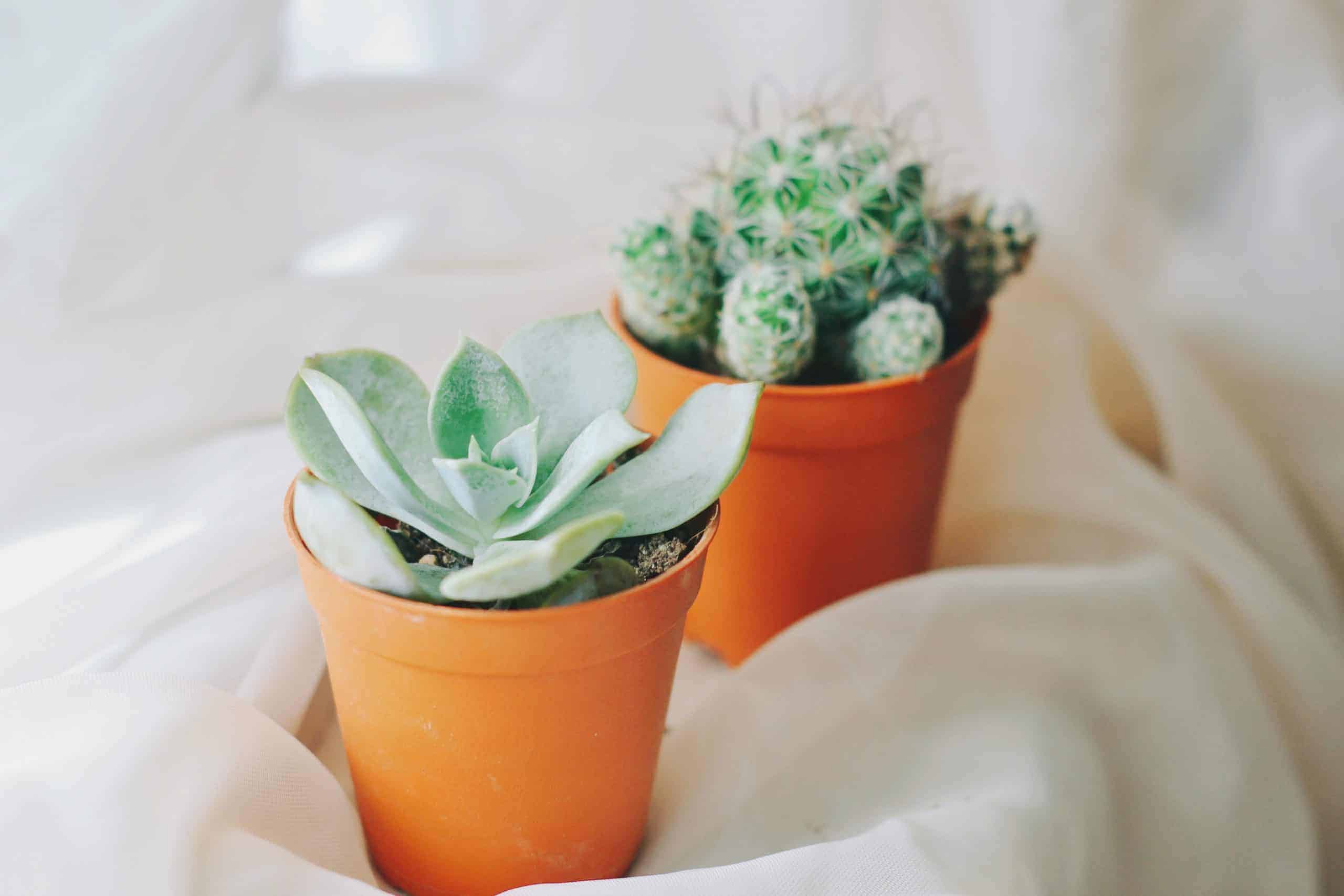
Some succulents and cacti will bloom without any effort of your part. Even the most inexperienced gardener can enjoy the sight of gorgeous flowers during the right season. However, not all succulents are that easy.
Many species of succulents and cacti can only flower under certain conditions. For some, like Agave americana, it may take between 10 and 30 years for the plant to experience the right conditions for blooming.
Though there are many factors that the plant takes into consideration, one of the biggest effects on whether or not it will flower is the amount of light the plant gets each day.
Read Also: Best Time to Transplant Succulents
Jump to:
The Importance of Light Cycles
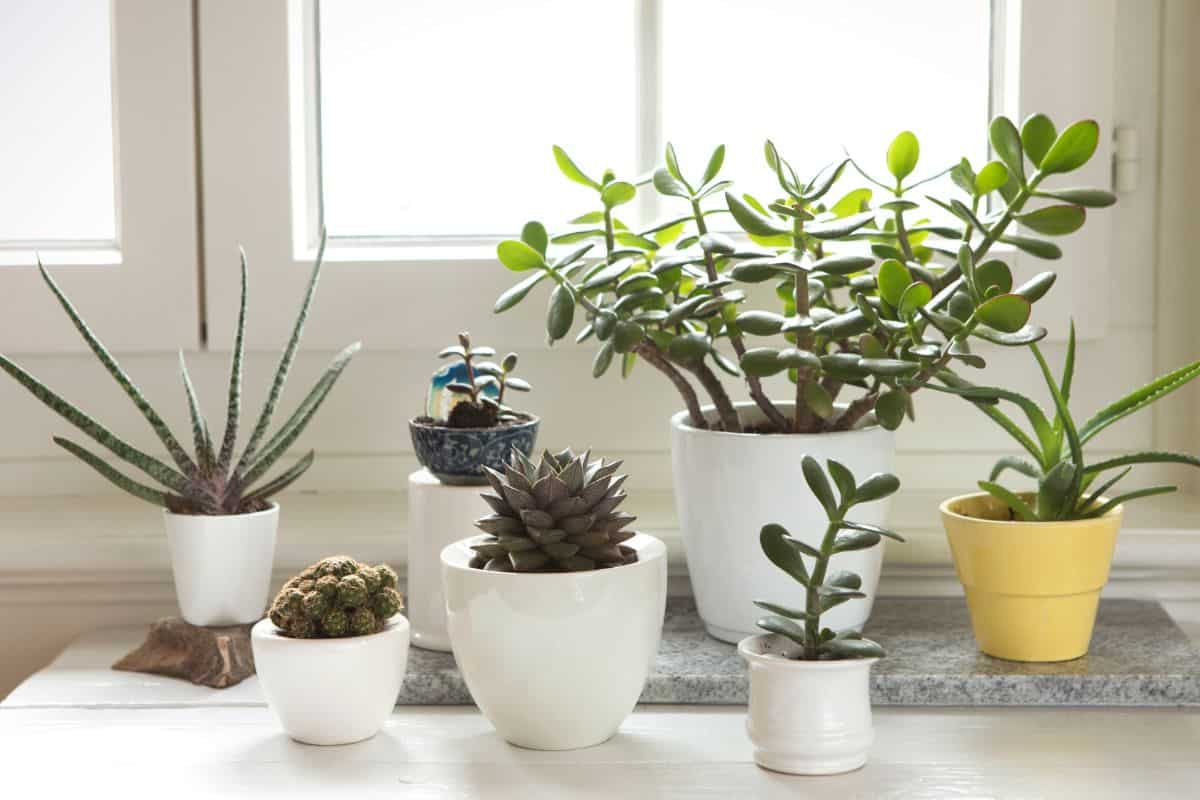
Succulents are complex organisms. Sure, proper watering techniques, well-draining soil, and plenty of sunshine will probably give you beautiful plants, but they often need more specific care in order to produce flowers.
One of these specific needs involves their light cycle. So, what exactly is a light cycle? Simply put, a light cycle is the amount of light and darkness your plant gets each day. As the seasons' change, the amount of sunshine available to your plants each day will vary. Plants use the amount of light available to them to determine the seasons and bloom accordingly.
Since succulents can be found all over the world, your collection probably has species from a variety of locations. However, that Haworthia on your shelf doesn’t realize it’s growing in Texas and not in its native land of southern Africa.
Obviously, Texas and southern Africa will be experiencing different seasons at any given time, so in order to convince your Haworthia that it’s time to flower, you may need to alter its light cycle.
Thankfully, modern technology has provided us with grow lights, which allow us to manipulate the amount of light our plants get each day. This enables gardeners to either add a little additional light at the beginning or end of each day or even grow their plants entirely under artificial light.
How Much Light is Too Much Light?
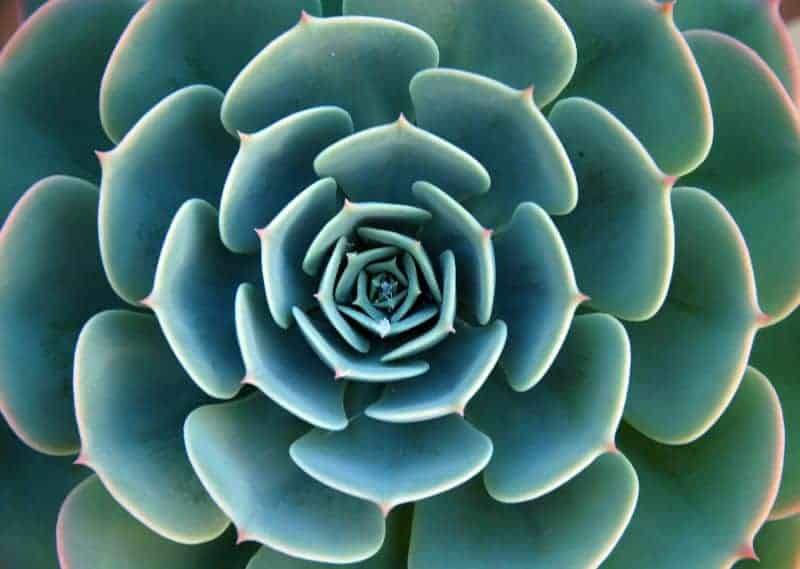
More than a few species of succulents and cacti thrive in full sun, but how do you know if they’re getting too much light? Obviously, if your plants are showing signs of sunburn, you know that they need a little less light. But what about plants grown under artificial lights?
No products found.
Most gardeners recommend that succulents get a minimum of six hours of light per day. This will be enough to keep them alive, but it’s unlikely that they’re going to thrive under this amount of light.
The same is true on the other end of the spectrum. There are plenty of plants that will grow well under 24 hours of artificial light, but they may not exactly thrive. Many species need some darkness in order to maintain their natural growth cycle.
Many experienced succulent gardeners recommend a starting point of 12-14 hours of light per day. This can include natural light if you are just looking to add supplemental light, rather than growing your succulents entirely under artificial light.
Read Also: How to Separate Succulents
How to Manage Light Cycles
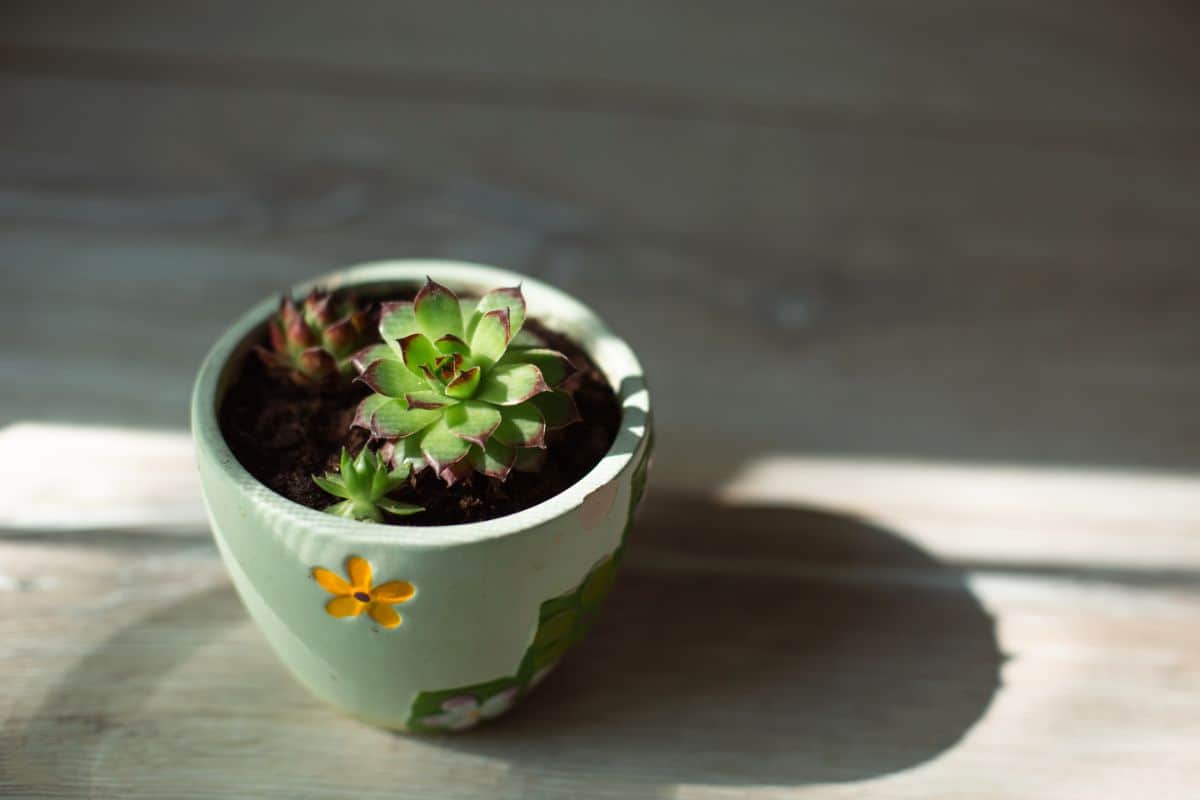
For some succulents, it can be nearly impossible for them to bloom without supplemental lighting. This is especially true for species that are not native to your climate or hemisphere. It’s not your fault, your beloved plants might simply prefer the light cycles of the other side of the globe.
This is where your new grow light comes in handy. In addition to encouraging your succulents to bloom, grow lights can also be helpful in preventing etiolation during times of limited daylight and encourage more vibrant coloring.
Grow lights are easy to use and many have automatic timers, so you can simply set it and forget it. Depending on the setup of your succulent garden, you may want to consider overhead lamps, tabletop lamps, or even light strips.
If you need to drastically increase the light levels for your plants, using grow lights is a much safer method than sticking them out in the full sun for the day. When used properly, the risk of burning your plants with grow lights is quite low.
Read Related Article: How Do Succulents Reproduce
Before you set your light schedule, you will need to do some research on the species of succulents or cacti within your collection. Determining the ideal conditions for blooming for each species will give you a better idea of how much light they need.
Depending on where your plants are located, you may or may not need to provide them with hours upon hours of supplemental light. If they’re already enjoying a sunny window, you may only need to supplement once the sun goes down or the windowsill becomes shaded.
You’ll need to use your best judgment to determine how much natural light to use and how much light you’ll need to supplement to provide the right light cycle for flowering. The same is true for the total amount of light you give your plants.
Choosing a Grow Light
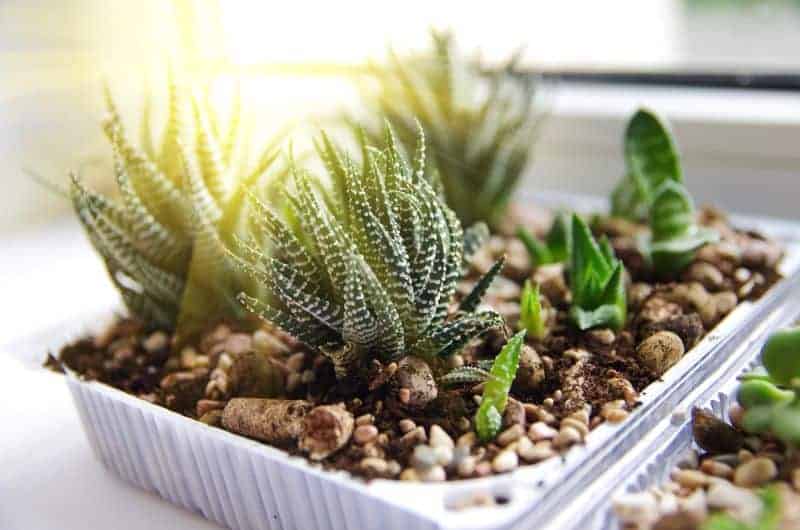
It’s easy to become overwhelmed at the number of options you have when shopping for grow lights. Typically, you’ll be able to choose from fluorescent, CFL, and LED lights. These different types of bulbs will also come in a variety of shapes and sizes. Further complicating matters is the ratio of blue and red lights. So, just how do you choose the right to grow light?
To start, you might want to read our Complete Guide to Grow Lights for Succulents. There, you’ll learn about the different types of lights on the market and what makes them uniquely useful to succulent gardeners.
To sum it up, fluorescent and LED grow lights are going to get you the best results. LEDs tend to be more energy-efficient, but which one you choose will depend on what type of light fixture you’re using.
Some grow lights are available as simple light bulbs that can be used with any light fixture, while others will come contained in their own fixture. Lights are available in a wide of shapes and sizes to suit your individual garden.
You may also find lights that come with reflective hoods, which can be helpful in ensuring that all plants are receiving the same amount of light. However, hoods can also reflect heat, which can burn your plants.
Most experts recommend placing your grow light three to six inches from your plants, but if you decide on a light with a reflective hood, you may want to increase that distance a few inches just to be safe.
The most important factor in choosing the right light to encourage flowering in the light spectrum. Some succulents need a very specific ratio of light types in order to bloom, so as always, you’ll want to research the individual species in your collection and see what type of light they prefer.
Most plants use blue light to grow in size, while red light can be helpful in blooming. You might also want to consider getting a full spectrum to grow light, which will offer your plants the benefits of the full spectrum of light.
Remember, not all plants will flower at the same time, so even if you put your entire succulent collection under full-spectrum lights, you’re not going to wake up to a garden full of blooms. If you have a diverse garden, you may want to try different light setups for different types of plants based on their needs during that specific season.
Other Factors in Flowering
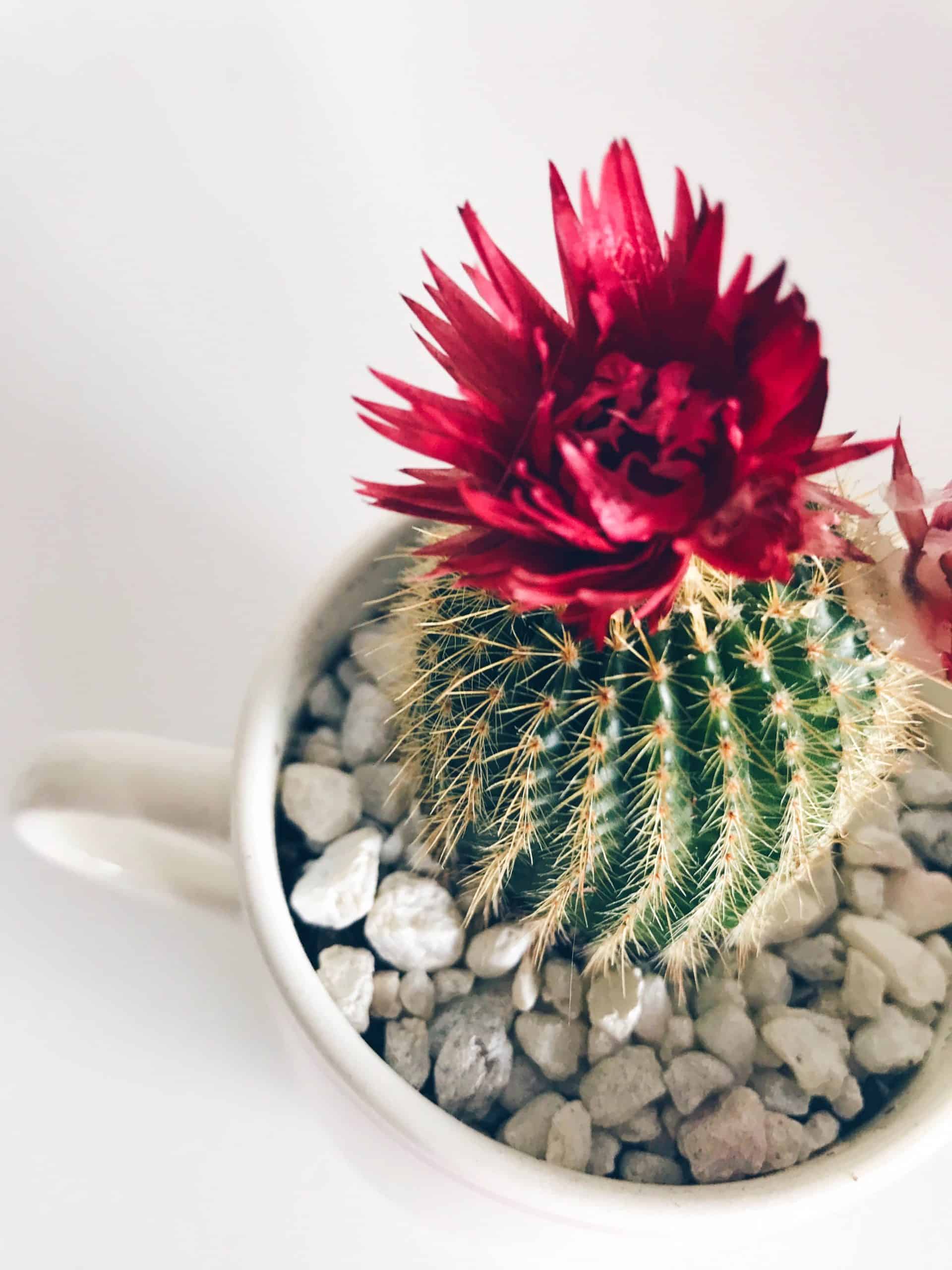
It’s important to note that there are other factors that will affect whether or not you can get your succulents to bloom. Sure, many plants rely on a certain amount of light in order to flower, but temperature can also have a significant effect.
Schlumberga cultivars, for example, need cooler temperatures in addition to the long nights and short days of winter in order to bloom. Other species of succulent may need warmer environments that simulate the increasing temperatures of spring.
Some plants may also need to experience a period of dormancy in order to set the stage for blooming. If this is the case, you’ll need to allow your plants to take a break during the right season. This can be either summer or winter, depending on what type of plants you have.
Flowering takes a lot of energy out of a plant, so it’s important that your succulent is receiving enough nutrients to produce its beautiful blooms. If you have any doubts about the general health of your plant, consider repotting it or adding fertilizer or plant food to its care schedule.
Unfortunately, succulents and cacti are so diverse that there is no single right answer on how to get your plants to bloom. You’ll need to thoroughly research each and every plant that you bring home in order to provide it with the best care possible.
It’s crucial to remember that succulents and cacti are low-maintenance plants that prefer a more hands-off type of love. Sometimes giving your plants the right type of care involves more admiring them from afar and less hands-on involvement.
You Might Also Like:

